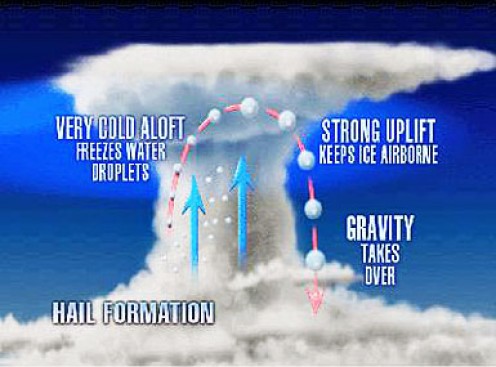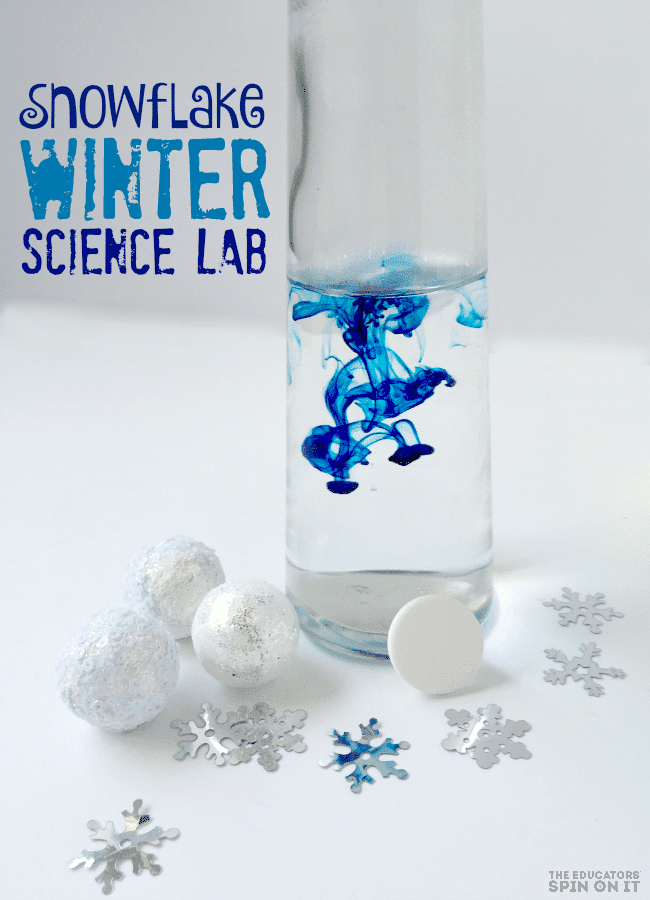

Since the incident, the EPA says Norfolk Southern contractors “installed a dam and a water bypass at Sulphur Run to prevent further contamination of downstream waters. About halfway through the screening of 228 homes for any indoor air pollution, the EPA has found no detection of vinyl chloride or hydrogen chloride.Īt the time of the train derailment, toxic chemicals spilled into waterways and Sulphur Run. The EPA continues to conduct air monitoring throughout the area of the Ohio train wreck and has not detected any levels of concern since the blaze was extinguished. Ethylene glycol monobutyl: A highly flammable colorless liquid used in making solvent is deemed as acutely toxic.Īdditional materials that were involved in the fire included petrochemicals and semolina. Improved diet and health care are helping Northern Europeans grow like weeds.Ethylhexyl acrylate: A colorless liquid used in making paints and plastics can produce hazardous vapors under heat.Butyl acrylate: A flammable clear liquid used in making paints can cause irritation to the skin, eyes, and respiratory system.Vinyl chloride: A highly flammable colorless gas used when making plastic is a known carcinogenic.Environmental Protection Agency (EPA) has been on the scene, monitoring air quality throughout the area.Īccording to the EPA, four main toxic chemicals from the Ohio train wreck have already contaminated either air, soil, or water at the crash site. That had the potential, though, of releasing toxic gases into the air. To help stave off the risk of explosion, chemicals in five of the cars were purposefully released into a trench and burnt off, reports Newsweek. We know now what those toxic chemicals are.įollowing the Ohio train wreck, officials evacuated the area under threat from the potential for air and water contamination, especially if the fire led to an even larger explosion. It was the fact that 20 of 50 cars that derailed-the entire train was 150 cars in length-carried toxic chemicals. In the immediate aftermath of a Norfolk Southern train derailment near East Palestine, Ohio on February 3, the strewn cars and ensuing fire weren’t the main concern. The Environmental Protection Agency released the list of toxic chemicals.Some of those toxic chemicals were later purposefully spilled and burnt off to avoid the potential of a more devastating explosion.The February 3 derailment of a Norfolk Southern train in Ohio included 20 cars transporting toxic chemicals.In the meantime, I'll keep working on my pensive, thousand-yard stare. In the event of a major storm, I think I could do pretty well for myself as an ersatz meteorologist. And it doesn't help me understand whether my healed fracture-which is neither a joint nor arthritic-has become a bellwether.īut, it's good to know that science is looking into this. Besides, there are plenty of people with arthritis whose aching joints have no auspicious abilities.


The body is a complicated system that is constantly surprising scientists. Of course, this hypothesis isn't airtight. From this, researchers in the 2007 paper speculated that as these fluids respond to barometric changes, they would irritate the inflamed, arthritic joints. In 1990, a group of researchers did tests on cadavers' hips and found that the joint's fluid pressure seemed to be regulated by the outside air pressure. This is why your feet swell during air travel, and the fluid in your joints is probably no exception. Your body's squishy parts are susceptible to atmospheric pressure. Not only does this fluid let your joints hinge, twist, and swivel, it helps stabilizes them so you can keep your balance. The air pressure, they believe, is messing with the fluid that keeps your joints lubricated. This is a measurement of the atmosphere's density, and sudden changes (especially drops) typically signal a change in the weather. The answer has been tricky to nail down, but most of the research seems to indicate that bones and joints, weakened by age or injury, seem to be sensitive to subtle changes in barometric pressure. Turns out, scientists have been studying this for several decades. Could science have an answer for why some people seem to feel the weather in their bones? I'd always been skeptical of grandma's arthritic omens, but limping down the sidewalk in the wake of my own revelation gave me reason to reconsider. I thought nothing of it until I stepped outside, and into a surprise rainstorm. I'd been working on my laptop when my ankle, titanium-braced from an old break, started throbbing. With a pensive gaze, she'd credit the prediction to her aching joints. These declarations would come after she'd spent a few minutes rubbing her arthritic wrists. When I was younger, my grandma would occasionally issue solemn prophesies for rain.


 0 kommentar(er)
0 kommentar(er)
